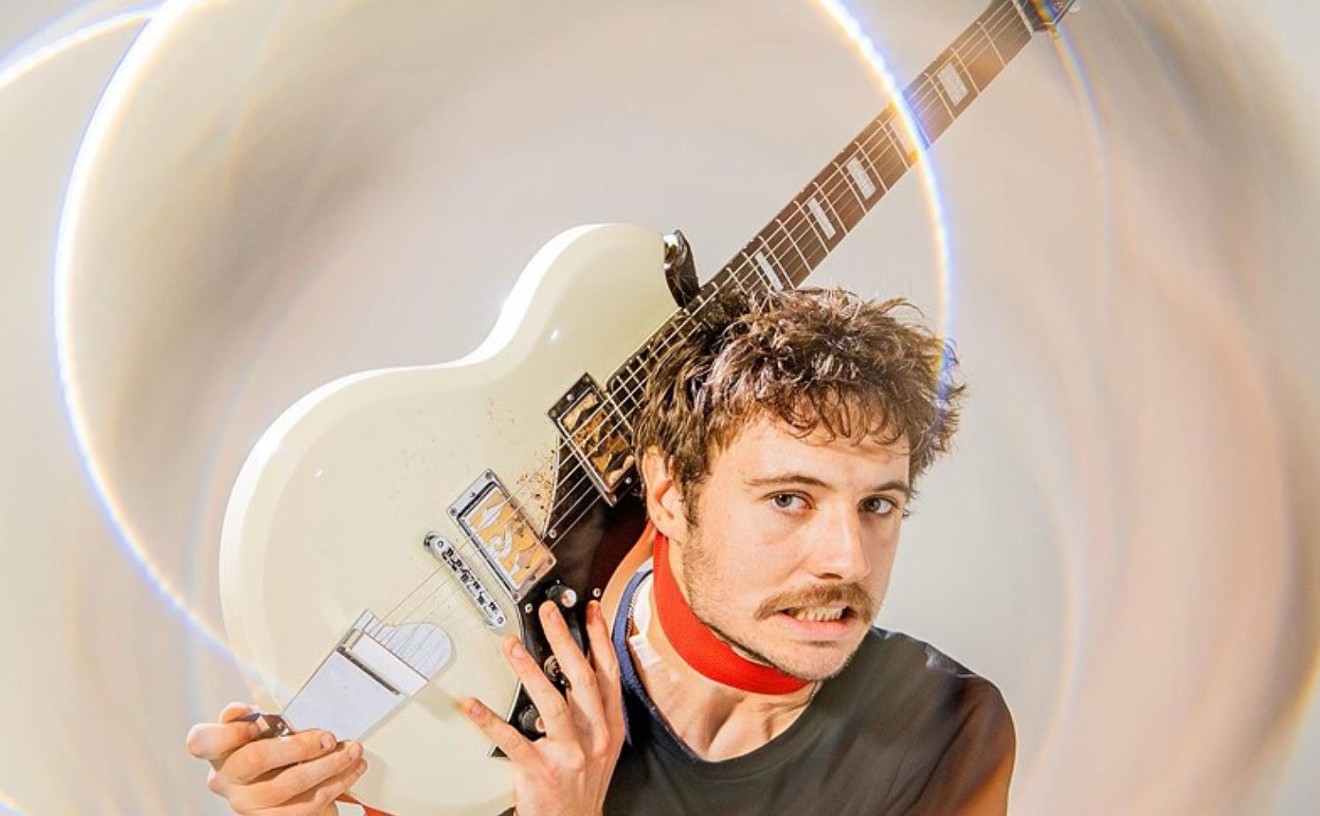From a purely pop cultural standpoint, however, the record should have been doomed to fail, or at least lead the group on an abbreviated roller coaster ride to stardom that would end before a sophomore release could come to fruition. Because the Beastie Boys were party rappers.
Every track on Licensed to Ill contains the three components necessary for party rap: Girls, booze and drugs -- and trouble. With mouths full of Miller, MCA, Adrock and Mike D got dusted, threatened to give haters swirlies and tripped up women with doses of Spanish Fly. They kept Bud in the Miller cooler, got kicked out of White Castle (repeatedly) and sniffed glue, all while going to parties just to do the Smurf, the Popeye and the Jerry Lewis.
There was no way this group was going to last.
But it did, and the record was not only one of the biggest selling rap albums of the 1980s, it was also the first rap record to go to number one on the Billboard charts. License to Ill served as an entry point for rap in the mainstream, a genre that would come to dominate radio waves. Just a handful of years later, Eazy-E would sample the record several times -- lending to the Beastie Boys' resonance within rap music's growing cultural prominence.
Touring with the likes of Madonna, Public Image Ltd. and Run DMC (another Def Jam group pivotal in breaking rap into the mainstream) showed a versatility in the Beastie's sound and style, but it was also just an indicator of a time and a place in popular music -- rap hadn't made it to the forefront yet, so the Beastie Boys got in where they could fit in. Loaded with guitar samples (and a cameo by Slayer's Kerry King on "No Sleep 'Til Brooklyn") as well as bouncing, bassy beats under the trio's silly rhymes, the album had the ability to hook a wide variety of listeners.
Another testament to the seemingly simple party rap album's secret intelligence was the inclusion of strange Americana-referenced shout-outs: Abe Vigoda, Ed Norton, Ted Knight and Jimmy Page get name-checked, and there's a full song about a horse named Paul Revere, in which the Mr. Ed theme song is sampled. White Castle, too, played a prominent role, as the Beasties taught middle America a whole lot about Brooklyn, Manhattan and all things New York.
Licensed To Ill may sound exactly like the year it was made -- but it is also a timeless celebration of getting fucked up and loving every minute of it. And as party rap stands today, this album set a tone that has yet to be matched by its derivatives.
More from our Today in History archive: "Red Hot Chili Peppers Blood Sugar Sex Magik can almost buy booze" and "A Tribe Called Quest's The Low End Theory is 20 years old"
Follow Backbeat on Twitter: @westword_music











